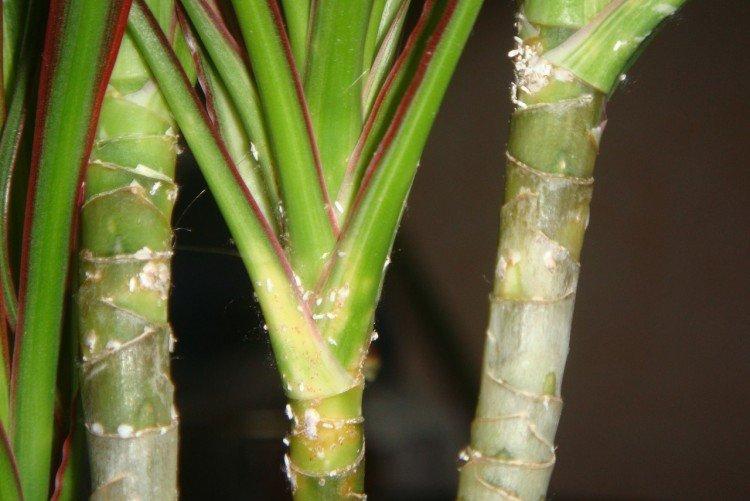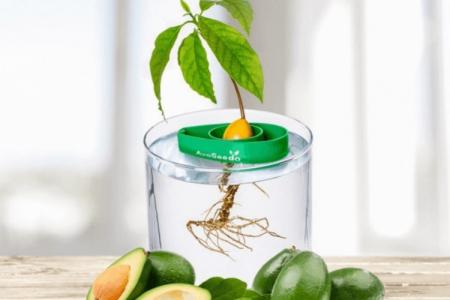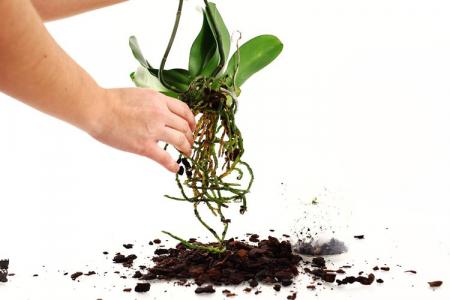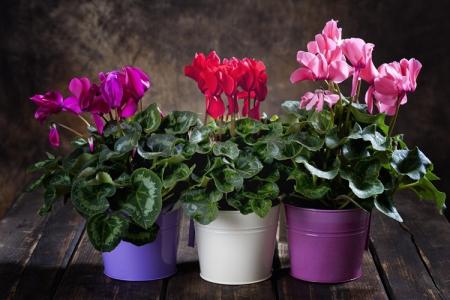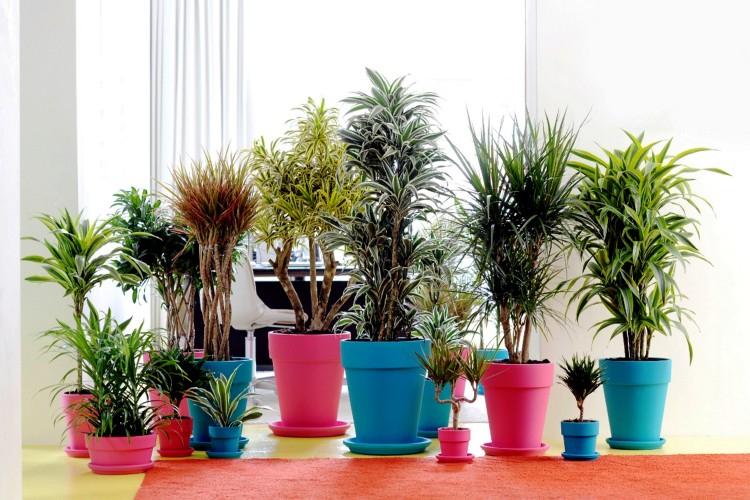
Sooner or later, a charming dracaena appears in the house of every florist. She is beautiful, moderately exotic and completely unpretentious. To make dracaena grow even better and delight you with healthy green leaves, we will tell you how to properly care for it at home!
The soil
You can take ready-made soil for decorative deciduous plants or for palms and loosen it with sand or vermiculite. Coconut chips or sphagnum moss are fine, but they will slightly increase the acidity. Or mix turf, humus and sand in equal proportions on your own. Optionally add another piece of peat and leafy soil.
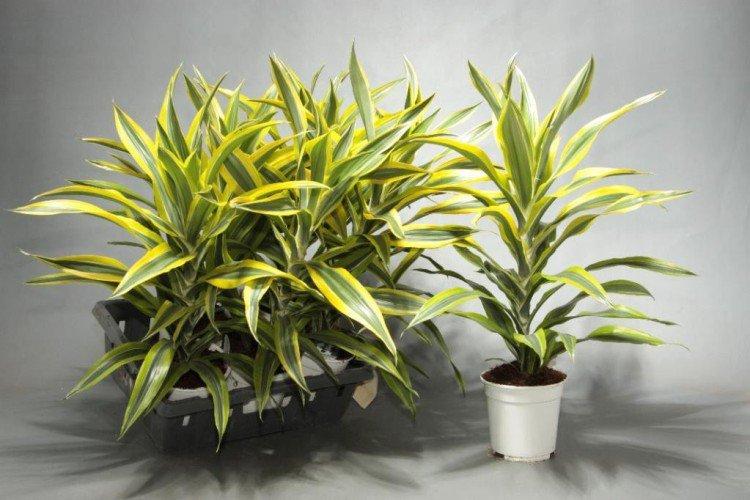
How to choose a flowerpot
Flowerpots that expand upward are best suited for dracaena. The diameter depends on the height of the tree - about 15 cm for every 40 cm of the plant. That is, a standard flowerpot with a diameter of 22-25 cm is suitable for a dracaena with a height of 60 cm.
Lighting
Dracaena loves light, so it feels great with windows facing south or west. But do not place it close to the glass, as it may burn the leaves. Variegated species need more lighting because they otherwise lose color.
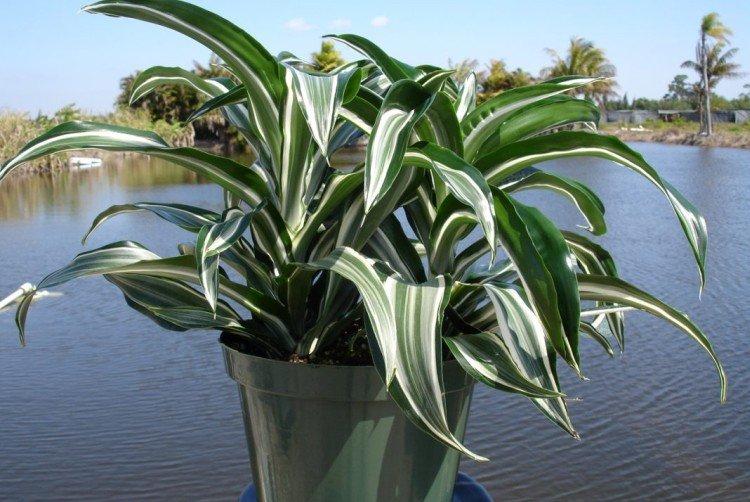
Temperature
Dracaena is a thermophilic plant, so it thrives best in summer. Ideal conditions for growth are 18-25 degrees, and in winter, make sure that the temperature does not drop below 12-14 degrees.
How to water dracaena
Dracaena loves abundant watering, but you cannot fill the flowerpot constantly. Make sure that the soil dries out at least 2-3 cm, and the top layer is periodically loosened. Good drainage is imperative so that water does not stagnate in the soil.
For irrigation, you need settled water at room temperature. In the summer, this can be done every other day, or even every day, at the same time controlling the humidity of the air. In winter, you can reduce the frequency, but only if the pot is not near the heating devices. Otherwise, dracaena should be watered and sprayed even more often.
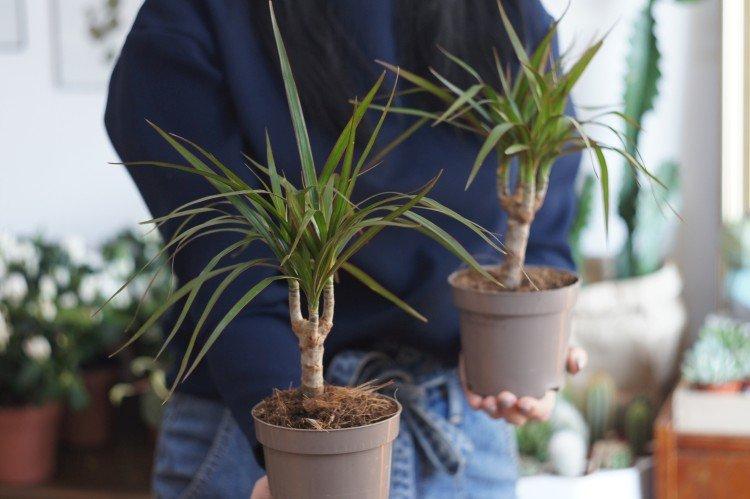
Spraying
Dracaena loves spraying very much, so you can safely do them every day. Use only settled water at room temperature and reduce the frequency during the cold season. Carry out the procedure only in the morning or in the evening, so that wet leaves do not remain under the sun - there will be burns.
Top dressing and fertilizers for dracaena
From mid-spring to mid-autumn, feed the dracaena once every two weeks with preparations for decorative deciduous plants. It is most convenient to use liquid top dressing, which is added to the water for irrigation. Or dry sticks that need to be buried in the ground in several pieces - depending on the diameter of the flowerpot.
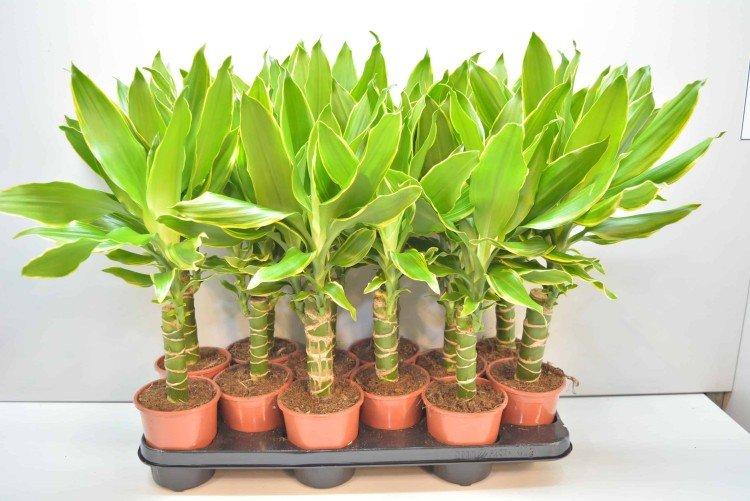
Pruning
Dracaena does not need to be cut off just like that, it is enough to periodically remove dry or damaged leaves. It is pruned when it grows to its limit and loses its decorative properties. In this case, cut off the top and root it again. Use a very sharp, sterilized knife to cut, and be sure to use crushed charcoal over the cut.
How to transplant dracaena
Dracaena is transplanted as it grows - once every 1-3 years in a larger flowerpot with a thick drainage layer (from 2-3 cm). If the soil does not need to be renewed yet, just carefully pass the plant and add new soil to the sides. This procedure can be carried out at any time of the year.
When transplanting, gently level the roots, tamp the soil a little, fields well and put the flowerpot in a warm, shaded place for a couple of days. Dracaena does not respond very well to a transplant, so at first it may not look good, but then it will take root. Add fertilizer after 2 weeks.
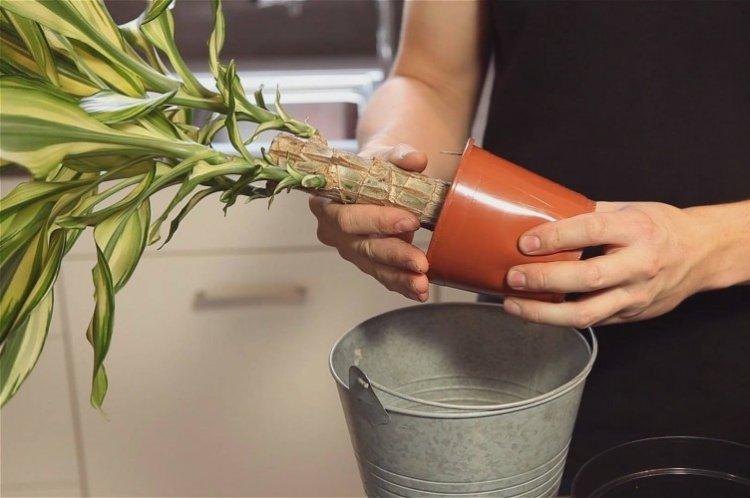
Dracaena reproduction
The easiest way is to use the apical cutting for reproduction - it can be immediately planted in a light substrate or first put into water for rooting. Only through the leaves from below, so that the plant has enough strength to form the rhizome. Seeds are almost never used in everyday life - for a very long time, difficult and not always effective.
An interesting way of breeding dracaena is by cutting off the stem. It is necessary to cut a young and healthy shoot into segments 3-5 cm long, so that each one has at least two buds. On one side, an incision is made on the bark and buried with this end into the soil.
Cover the seedlings with plastic wrap or a bottle and put them in a warm, shady place, periodically watering them. After 1-1.5 months, the first shoots will appear - they need to be sprayed regularly. When the seedlings are fully grown, plant them in flowerpots.
You can also root air layers. Make a T-shaped notch, slightly stepping back from the top, and insert wet peat into it. Fix it on top with a film, and after about a month, young roots will appear in this place. Cut the cut a little below and plant it in a new flowerpot.
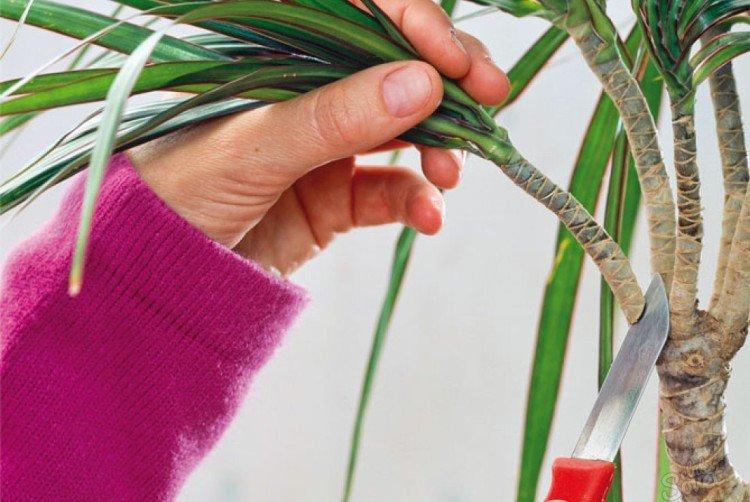
Diseases
Most often, dracaena is affected by rot, and this is due to a violation of the temperature and humidity regime. Do not flood the flower and make sure that the soil dries out. If the roots are rotting, you can try to carefully cut off the most damaged parts and transplant the dracaena into new dry soil.
Spots and plaque on the leaves are a symptom of fungal diseases. They may be different, but they are all treated the same - with complex fungicides. Spray the leaves with a spray, and spill the soil with a solution. For prevention, it is most convenient to bury antifungal sticks with fertilizers into the ground every 3 months.
Pests
Home dracaena is almost not susceptible to pest attacks, but sometimes spider mites, thrips, aphids or mealybugs can settle even on it. Examine the plant and leaf plates periodically so that there are no intruders on them. Wash off the parasites with warm soapy water and treat the dracaena with a complex indoor flower insecticide. Usually two treatments are needed at intervals of 1-2 weeks.
